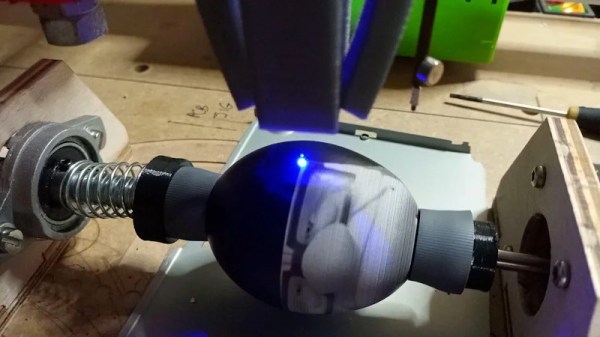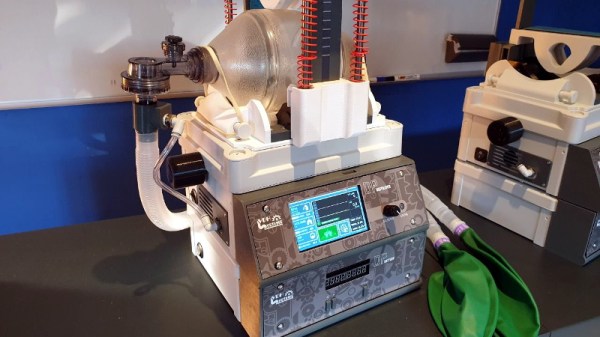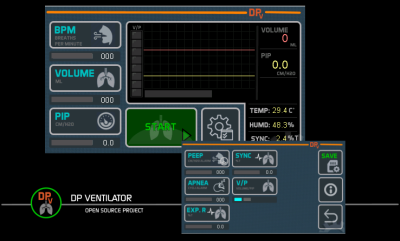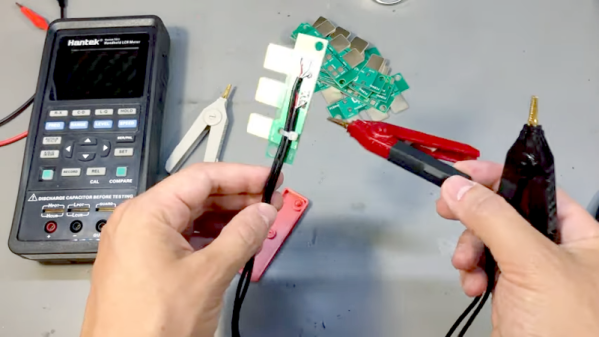Most of us can say that we have taken an obsolete hard drive out of a computer and felt it was a waste to toss it in the e-waste pile. Some of us have children’s drawings hung on the fridge with actuator magnets, or maybe a vast spreadsheet suspended on a steel filing cabinet. Let us not forget that there is also a high-speed, low-noise motor in there. On some models it is separate from the PCB, so grab an Electronic Speed Controller (ESC), your microcontroller of choice, and make yourself a salvaged HDD centrifuge like [Cave Man] has. His build uses the tray as a chassis, but he modeled and printed a new face in the same style as the original.
On top, he has an OLED screen for displaying the requested speed, measured speed, and runtime. Next to the display is a four-button pad with a customized legend for setting parameters. The video after the break shows the machine running through its paces. This version accommodates the tiny capillary tubes, microhematocrit tubes, for processing raw blood. This test can calculate the packed cell volume, which professionals use to determine things from dehydration to anemia.
There are other builds out there where people have modified an old drive into the kind of centrifuge that accepts larger diameter tubes, but this was a shining example of what is possible. One good turn deserves another, so we recommend a desktop bio-lab companion, or enlist some LEGO Mindstorms to help out.


















